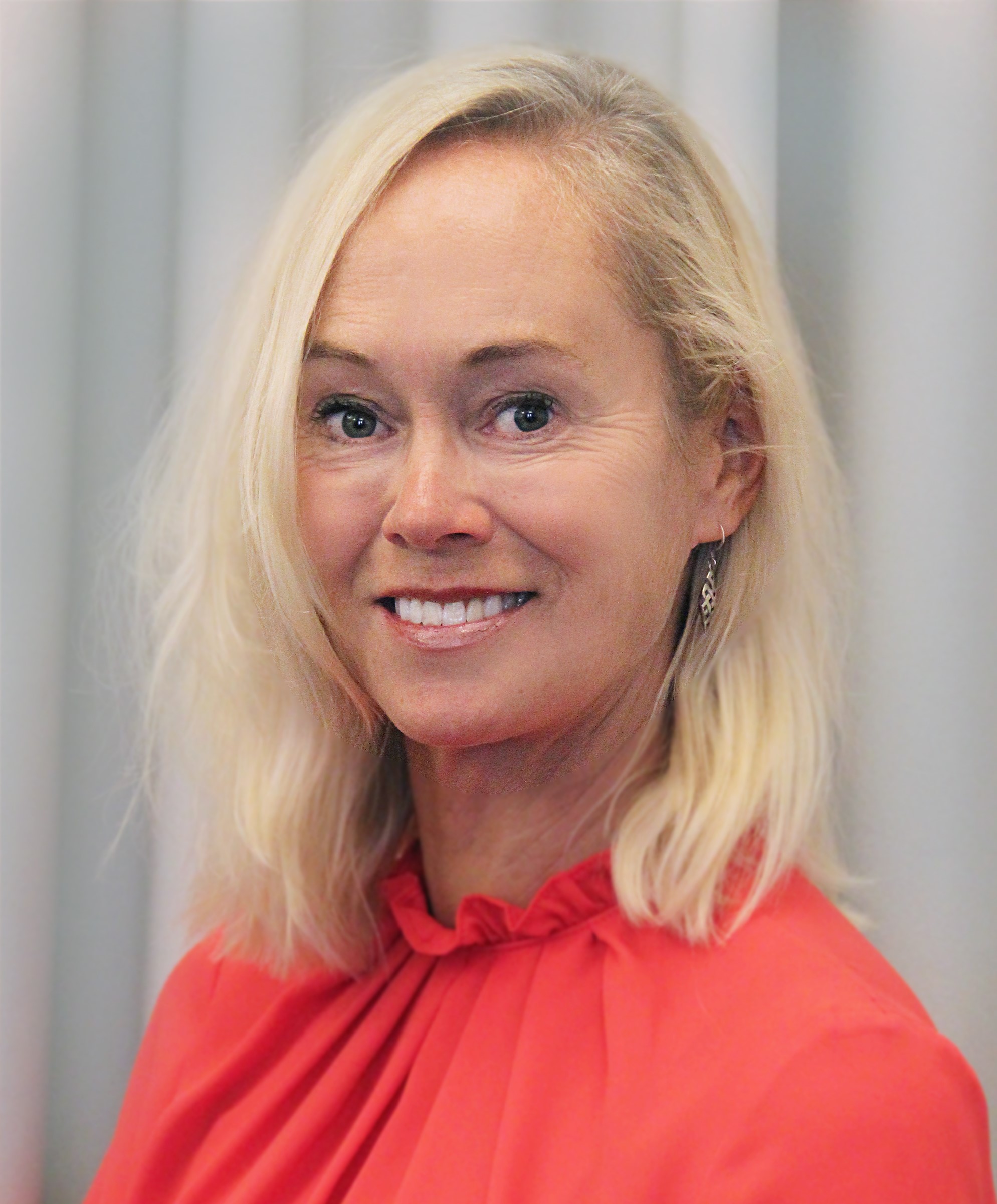PERSPECTIVES
Growing durian seedlings using plastic nursery bag requires regular watering because it cannot retain water and moisture, resulting in significant water loss and bring a plastic waste problem in the community. This innovation can solve the problems in water/groundwater management, plastic waste, and agriculture that align with SDGs and Thailand’s Bio-Circular-Green agriculture model.
The innovation using rubber and coconut core fiber to process RBC bag can retain water and maintain soil moisture for durian seedling cultivation with 71 percent in 7 days before watering. The production cost was 0.19 USD/piece and it will degrade naturally. The use on farms during the summer can save groundwater 57.14 percent. User satisfaction satisfied with the maximum to high level approximately 5.0 – 4.7.
This is how I came up with the idea for this project:Growing durian seedlings using plastic nursery bag requires regular watering because it cannot retain water and moisture, resulting in significant water loss and bring an important problem about plastic waste in the community. Furthermore, the community's difficulty with low-cost latex and coconut coir fiber as a waste product.
Two-Layer Rubber Biological Nursery Bag with a Coconut Coir Fiber Oasis (RBC Bag) to Retain Water and Maintain Soil Moisture for Durian Seedling CultivationGrowing durian seedlings using plastic nursery bags requires regular watering of the seedlings. This is because plastic nursery bag cannot retain water and moisture causing a large amount of water loss and bring a significant problem about plastic waste in the community. The objectives of this research were 1) to study the effectiveness of RBC bag to conventional plastic nursery bag in terms of water retention and soil moisture retention during durian seedling cultivation, and 2) to study the use of RBC bag to reduce water usage in durian seedling cultivation. The scope of this research was divided into 4 parts as follows; part 1: study on the optimum ratio and fabrication of a RBC bag to retain water and maintain soil moisture, part 2: efficacy study of RBC bag to retain water and maintain soil moisture for durian seedling cultivation, part 3: study of the cost of producing RBC bag, and part 4: Implementation on the farms area. The results showed that the rubber can be processed into RBC bag with the best water/tapioca starch ratio of 200 ml/50 g, and starch/latex ratio for forming a nursery bag was 100 ml/200 ml. RBC bag was the best water retention followed by single-layer rubber biological nursery bag, and conventional plastic nursery bag with 5.5, 90 and 93 ml of water flowing from the nursery bag, respectively. Meanwhile, RBC bag have the best soil moisture retention, followed by standard plastic nursery bas and single-layer rubber biological nursery bag, which have 71 percent (7 days), 66 percent (6 days), and 65 percent (5 days), respectively before watering. The production cost was approximately 6.62 baht (USD 0.19)/piece and it will degrade naturally. The use of an RBC bag in durian seedling cultivation on farms in Chumphon Province during the summer season in April could save 57.14 percent of groundwater and user satisfaction satisfied with the maximum to level around 5.0 - 4.7. This innovation can solve the problems in water/groundwater management, plastic waste, and agriculture that align with SDGs and Thailand’s Bio-Circular-Green agriculture model. Keywords: RBC bag, Biological Nursery Bag, Rubber, Coconut Coir Fiber, Retain Water, Maintain Soil moisture

Programme manager ania.andersch@siwi.org +46 8 121 360 59